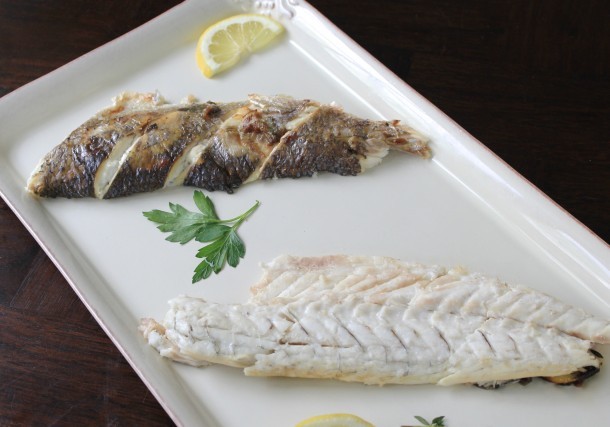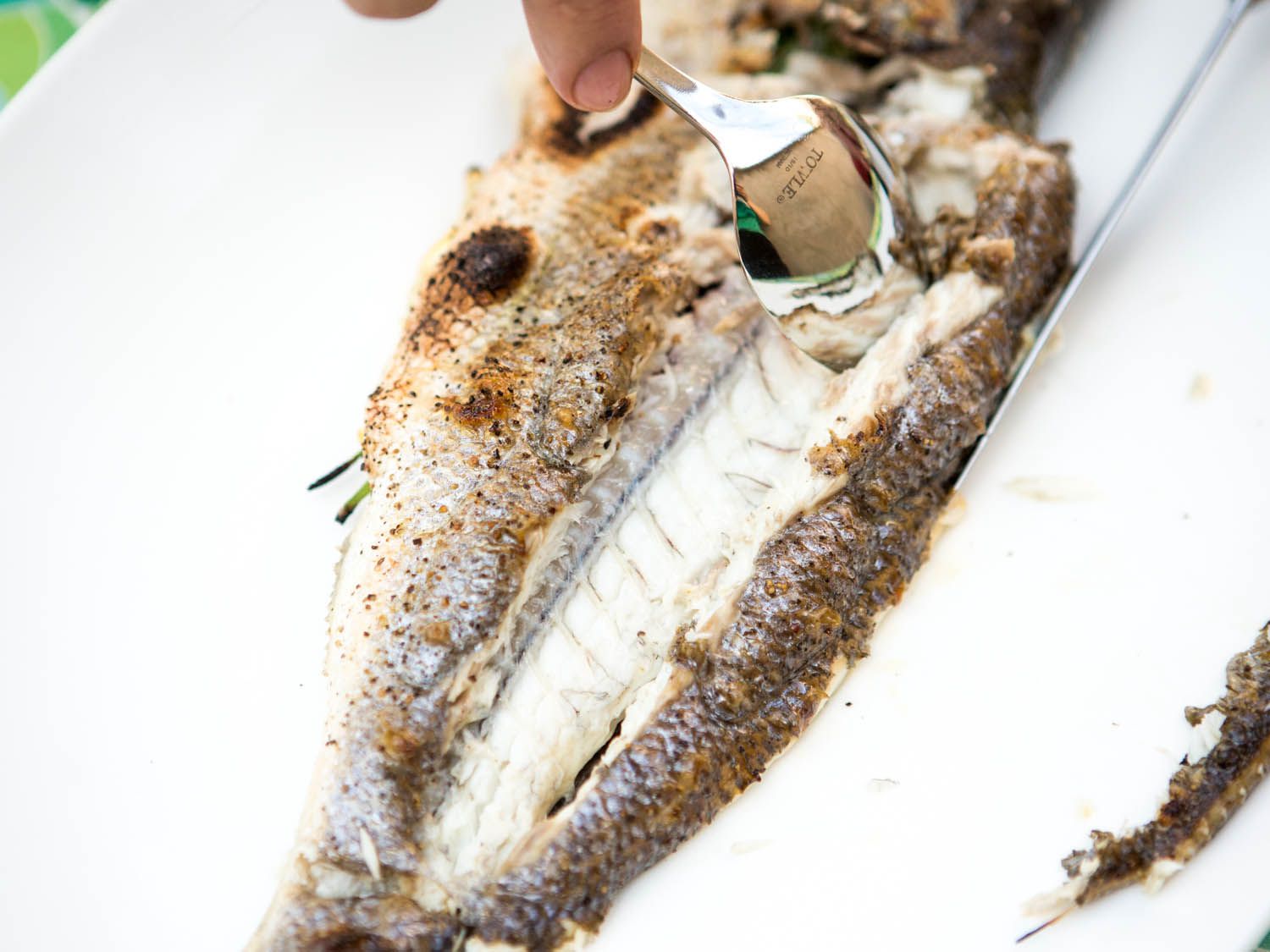10 years of experience as a food machinery equipment manufacturer
10 years of experience as a food machinery equipment manufacturer
White fish, celebrated for its delicate flavor, flaky texture, and versatility in the kitchen, is a popular choice for health-conscious individuals and culinary enthusiasts alike. However, the presence of fine bones can often deter some from fully enjoying these aquatic delights. Learning how to properly separate white fish from their bones is a valuable skill that enhances the dining experience, making each bite safer and more pleasurable. This guide provides an objective overview of the methods and considerations involved in deboning white fish.

The primary reason for deboning fish is to improve the eating experience. Encountering a sharp bone can be unpleasant and, in some cases, a choking hazard, particularly for children and the elderly. Well-deboned fish allows for more relaxed enjoyment of the meal. Furthermore, certain culinary preparations, such as stuffed fish fillets, roulades, or fish cakes, necessitate boneless flesh for optimal texture and structure. From a presentation standpoint, a perfectly deboned fillet speaks to a higher level of care and culinary skill, elevating the visual appeal of a dish.
Before attempting to debone, a basic understanding of fish anatomy is beneficial. White fish can generally be categorized into round fish (e.g., cod, haddock, sea bass) and flatfish (e.g., sole, flounder, halibut). Round fish have a symmetrical, torpedo-like body with a central backbone from which ribs and pin bones extend. Pin bones are small, often needle-like bones that run along the lateral line of the fillet, typically embedded in the flesh above the rib cage area. Flatfish, as their name suggests, have a flattened body and swim on their side, with both eyes typically on the upper side. They yield four fillets, two from the top (eyed) side and two from the bottom (blind) side, with a central bone structure.
Having the right tools is crucial for efficient and effective deboning. A good set of tools will make the process smoother and yield cleaner results.
Proper preparation of the fish before deboning is key. Ensure the fish is as fresh as possible; the flesh should be firm and resilient. If the fish is whole and not yet scaled or gutted, these steps must be performed first. Rinse the fish under cold running water to remove any loose scales or debris. Pat the fish thoroughly dry with paper towels; a slippery fish is difficult and dangerous to handle.
For round fish like cod, haddock, or sea bass, the process typically involves filleting the fish first, then removing pin bones from the fillets.
1. Filleting:
Lay the fish on its side on the cutting board. Behind the pectoral fin and gill plate, make a sharp, angled incision downwards until the knife meets the backbone. Turn the knife blade so it is flat, parallel to the backbone, and facing the tail. Using long, smooth strokes, cut along the top of the backbone, keeping the knife angled slightly downwards to stay close to the bones. Continue cutting all the way to the tail. Lift the entire fillet away from the bone structure. Flip the fish over and repeat the process on the other side to obtain a second fillet.
2. Removing Pin Bones from Fillets:
Place one fillet skin-side down on the cutting board. Gently run your fingertips along the length of the fillet, usually near the midline or slightly above it (where the lateral line was), to locate the row of pin bones. These small bones often protrude slightly or can be felt as hard ridges under the flesh.

Using the fish bone tweezers, grasp the exposed end of a pin bone firmly. Pull the bone out smoothly and steadily, following the direction in which it is naturally embedded in the flesh (often at a slight angle towards where the head of the fish was). Avoid yanking or twisting, as this can break the bone or tear the delicate fish meat. Repeat this process for all detectable pin bones. It can be helpful to run your fingers over the area again after removing several bones to ensure none were missed.
Flatfish like sole, flounder, or halibut have a different bone structure and yield four fillets.
1. Filleting:
Lay the flatfish dark-skin-side up (or eyed-side up). Make a precise incision down the center of the fish, along the lateral line from just behind the head to the tail, cutting down to the central backbone.
Starting from this central incision, work on one of the upper sections. Insert the tip of the filleting knife and, keeping the blade flat and angled slightly towards the bones, cut outwards towards the frill (the finned edge of the fish). Use smooth strokes to separate the flesh from the bone structure. Lift this fillet away. Repeat for the other upper section.
Flip the fish over and repeat the process on the lighter-skinned (blind) side to remove the remaining two fillets. Flatfish fillets are generally thinner and more delicate than those from round fish.
2. Pin Bones in Flatfish:
Pin bones in flatfish are usually less numerous and finer than in round fish, often located along the edges where the fins were. Carefully check the fillets by touch and remove any bones found using tweezers.

Even fillets purchased from a fishmonger or supermarket may still contain pin bones. It is always a prudent practice to check for them. Lay the fillet skin-side down and run your fingers over the surface as described above. If any pin bones are detected, remove them using tweezers.
The bones, head (with gills removed), and trimmings from white fish should not be discarded. They are an excellent base for making a light, flavorful fish stock, also known as fumet. This stock can then be used as a foundation for soups, sauces, and risottos, adding depth and complexity to other dishes.
In conclusion, the ability to separate white fish from its bones effectively is a skill that significantly elevates the home cooking experience. While it requires a degree of patience, the right tools, and an understanding of fish anatomy, mastering this technique ensures that every preparation of white fish is enjoyable and free from the unwelcome interruption of bones. The reward is perfectly prepared, succulent fish that can be savored with confidence.
